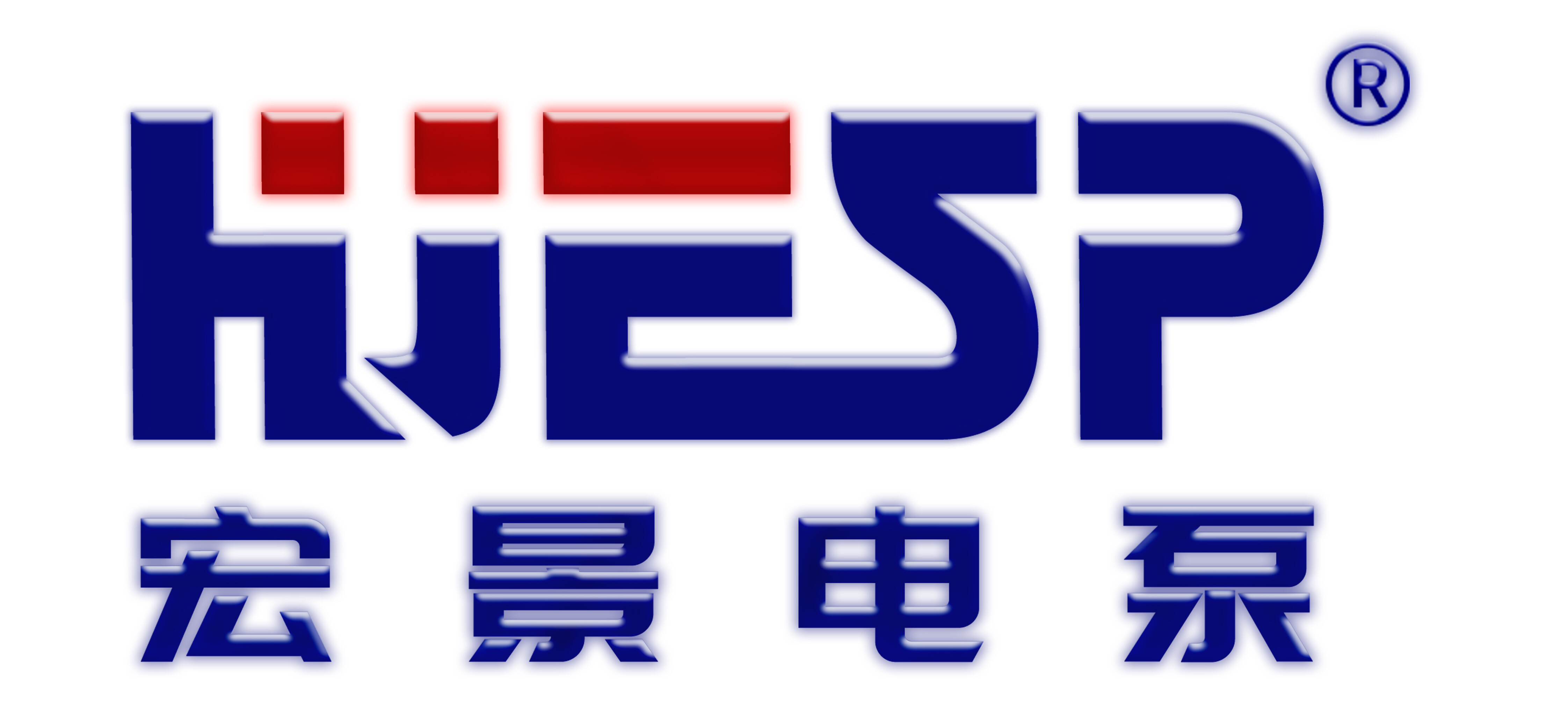The Efficiency and Design of Modern Induction Motors
Understanding Induction Motors
Induction motors are essential components in various industrial applications due to their simplicity and reliability. They operate on the principle of electromagnetic induction, where electric currents in the rotor create a magnetic field that interacts with the stator's magnetic field.
Types of Induction Motors
Induction motors can be broadly classified into two categories: single-phase and three-phase. Single-phase induction motors are commonly used for household appliances, while three-phase induction motors are preferred for industrial applications due to their higher efficiency and power output.
Benefits of Energy-efficient Induction Motors
Energy-efficient induction motors provide significant advantages over traditional motors. These include lower energy consumption, reduced operational costs, and a smaller carbon footprint, making them a more sustainable choice for businesses looking to enhance their environmental responsibility.
Design Features
Modern induction motors incorporate advanced design features to improve efficiency. Compact induction motor designs utilize high-quality materials and innovative engineering techniques to achieve greater performance in smaller packages. Features such as improved rotor designs, better ventilation systems, and optimized windings contribute significantly to the efficiency of these motors.
Applications in Industries
The versatility of induction motors allows them to be utilized in various sectors including manufacturing, HVAC, and transportation. From driving conveyor belts to powering industrial fans, the applications are vast. The trend toward automation in industries further emphasizes the necessity for reliable and efficient induction motors.
Regulatory Standards and Efficiency Ratings
To promote energy efficiency, international standards have been established, such as the IE3 and IE4 efficiency classes. These ratings help consumers identify the most energy-efficient induction motors on the market, encouraging manufacturers to invest in technology that minimizes energy wastage.
The Future of Induction Motors
As technology evolves, so does the performance and design of induction motors. The integration of smart technologies and IoT capabilities allows for better monitoring and control of motor systems, boosting efficiency further. The future of energy-efficient induction motors looks promising as innovations continue to emerge, offering enhanced functionalities and reduced energy consumption.
Conclusion
Induction motors stand as a pillar in modern machinery due to their durability, efficiency, and versatility. Investing in energy-efficient induction motors is a critical step toward operational excellence and sustainability. Companies willing to adopt these technologies will not only benefit in terms of cost savings but also contribute positively to the environment.
